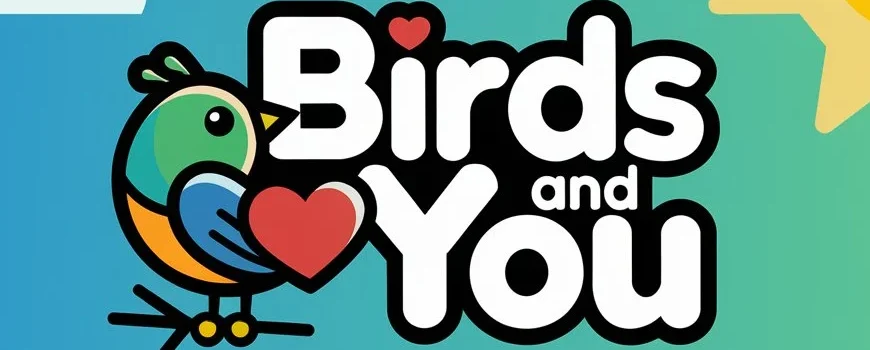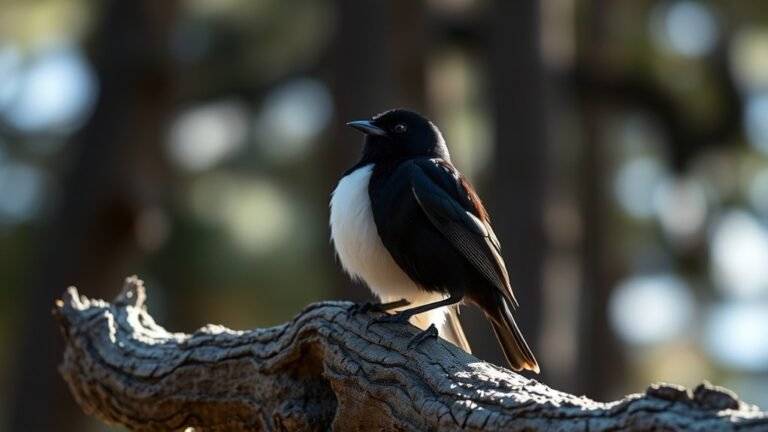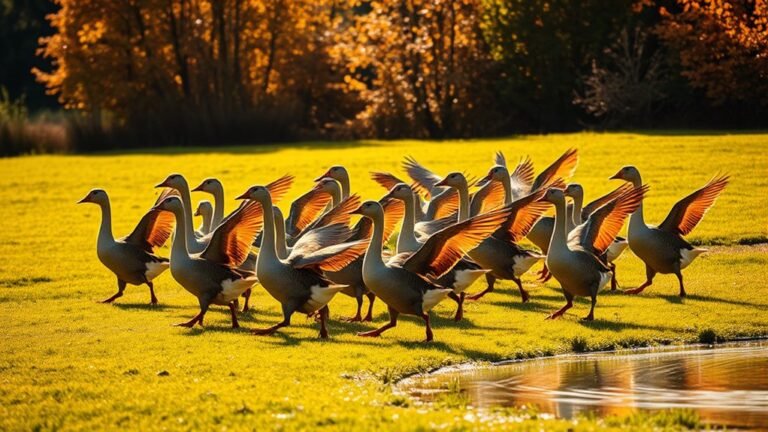What Do You Call a Group of Chickens?
Have you ever seen chickens walking around on a farm? They can be funny and a bit silly! But did you know there's a special name for a group of them? It's not just any name; there are a few different ones!
If you see a bunch of chickens together, you can call them a "flock." This is the most common term. When they are with their baby chicks, you might call that group a "brood." Each name shows us how chickens live and work together.
Chickens are social animals. They like to stick with their friends. You can find them chatting, scratching the ground, or just hanging out in their flock. Isn't that interesting? There's always something to learn about these fun birds!
A Quick Overview
A group of chickens is called a "flock." When you have baby chickens, you can call them a "brood." If you see a bunch of young chicks together, they are known as a "peep." When you have eggs or young chicks all together, that's called a "clutch." On a farm, all the chickens there are usually called a "flock" too.
So next time you see some chickens or chicks, you'll know what to call them!
The Basic Terminology: Flock of Chickens
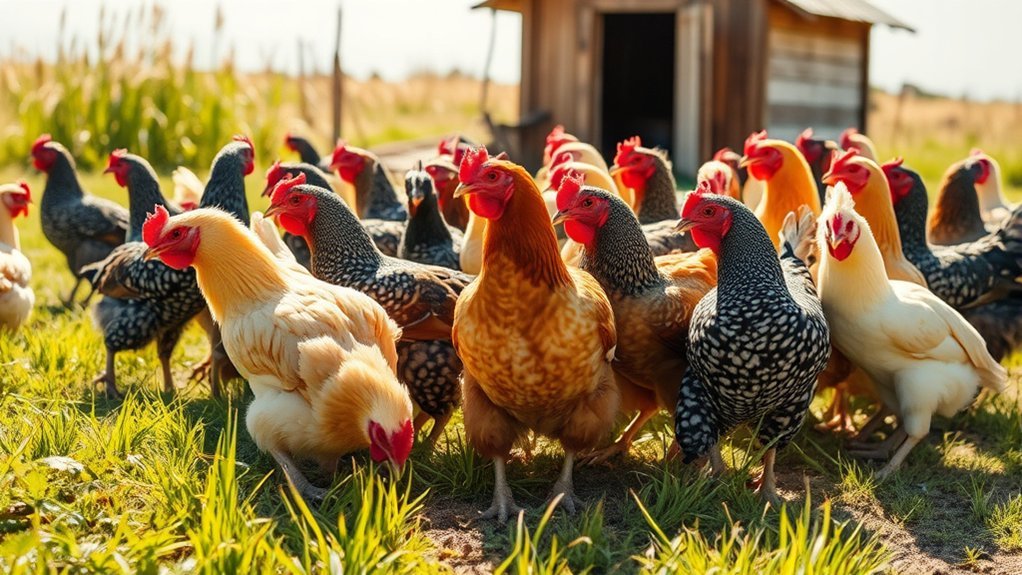
When you hear "flock of chickens," you might picture happy birds pecking around together. Chickens love company and are very social animals. Being in a flock makes them feel safe and part of a group.
In a flock, chickens have a pecking order, which means some are more dominant than others. This helps them understand their roles and who's in charge.
You can see chickens grooming each other and making different sounds to communicate. These actions help them build strong friendships with each other.
Watching how chickens interact can help you learn more about their behavior and the importance of friendship in the animal world. Chickens are fascinating creatures, and their social lives are fun to explore!
Peep: The Young Ones
Chick chicks, or peeps, are the cute little babies of a flock. They quickly steal everyone's heart. Watching how they grow is amazing! They change a lot in just a few weeks.
At first, peeps are fluffy and wobbly. They stay close to their mother or friends to feel warm and safe.
As they grow up, their behavior changes too. They become curious and make more noise. They love to play and chase each other. This is how they build confidence.
Watching them isn't just fun; it helps you appreciate how important they're in the flock.
Brood: A Mother's Care

As the little chicks explore and become more independent, their mother plays an important role. She watches over them constantly, showing her caring instincts. She clucks gently to guide them to food and safe places. This caring behavior helps them grow and learn.
While the chicks scratch the ground and peck at seeds, their mother keeps a watchful eye, making sure they stay close. This helps them feel like they belong in their group.
If any danger comes, like a shadow overhead, she instinctively calls them to gather under her wings. Her protective nature keeps them safe and helps build strong bonds within the family.
This creates a happy and united community for all the chicks.
Clutch: Eggs and Hatching
A clutch of chicken eggs usually has between 5 and 15 eggs. The number can change based on the chicken breed.
When a hen sits on her eggs, she keeps them warm and safe. This care is important for the eggs to hatch. Did you know that, under the right conditions, a chicken can hatch her eggs in about 21 days? During this time, the hen turns her eggs regularly so they warm evenly.
If you want to raise chickens, it's important to know how to care for a healthy clutch. A good clutch helps your flock grow strong and brings joy when you see little chicks hatching!
Watching new life come into the world is always exciting!
Gaggle: A Quirky Term

When you hear the word "gaggle," you might think of geese. But guess what? It can also mean a group of chickens in a fun way! This special word adds a playful touch to how we talk about animals.
Usually, we call a group of chickens a "flock," but saying "gaggle" makes it more exciting. It shows the lively and silly nature of these birds.
Using fun words like "gaggle" helps animal lovers connect with each other. It makes talking about our favorite barnyard friends more enjoyable.
Mob: A Roaming Group
Chickens like to move in groups called mobs. When you watch them roam together, you see how they act as a team. Mobs of chickens have fun as they scratch the ground, find food, and chat with each other.
Moving in a group helps chickens feel safe. It also makes it easier for them to find food. You might notice some chickens following a leader. They make funny sounds, like clucking and running, which makes the flock lively.
Understanding how chickens behave in mobs helps us see them as part of a big, happy family. Enjoying their lively ways can help you feel closer to these amazing birds.
Choir: The Sounds of Chickens
Chickens make a lot of different sounds, and each sound has a special meaning. When you listen to them, you can learn about what they feel and how they talk to each other.
Here are some simple sounds chickens make:
- Clucks: Chickens cluck when they're happy or when they find food.
- Cackles: Cackling means the chicken is excited or feels alarmed. This often happens in groups.
- Chirps: Baby chicks chirp to call for their moms.
- Growls: When hens growl, they're showing aggression or marking their territory.
- Purrs: Purring signals comfort. Chickens often purr when they're relaxing during nesting.
These sounds help chickens interact and connect with each other. Listening to their calls gives you a glimpse into their lively lives.
Chickens have a rich way of communicating, making their flock a special community!
Drift: A Group on the Go
Chickens are friendly and social animals. They like to stay together in a group, called a flock. When they move, they often go as a team, searching for food or exploring their surroundings.
Watching them can be fun! You might see some chickens lead while others follow. This shows how they interact with each other.
Moving together helps them stay safe. Whether they're pecking around in a field or running away from a threat, they rely on each other for support. The bond they share makes them feel like they belong.
Understanding how chickens behave in their group can help you see why this teamwork is so important for their happiness and safety.
Troupe: The Social Butterflies
Chickens are social animals that really enjoy being around each other, much like a group of friends hanging out together. Their interactions are fun to watch and show us how important friendship is for their happiness. When you see chickens interacting, you'll notice:
- They forage together, sharing food and finding goodies as a team.
- They groom each other to keep clean and strengthen their bonds.
- They make sounds to talk to each other and to stay safe.
- They play around, which helps them grow closer.
- They've a pecking order that helps keep things peaceful in their group.
These actions show that chickens need connection, just like we do. In a place where friendship matters, chickens thrive and feel happy.
Assembly: Coming Together
Chickens are social animals that like to be together. When they gather, they form a strong group that helps them feel safe and happy. This togetherness is important for their everyday lives.
When you watch chickens in a group, you can see how they bond with one another. They rely on each other for protection, warmth, and friendship. As they cluck and scratch at the ground together, you can really see how much they enjoy being part of their community.
This sense of belonging is good for their feelings.
Watching these chickens interact shows us that being together helps them stay healthy and happy. Just like any good community, their gatherings are very important for their well-being and happiness.
Origin of the Terms: A Historical Perspective
The word "chicken" has an interesting history. It shows how people have tamed this bird and what it has meant to different cultures over time. Learning about this word helps us see how we're all connected.
- Where It Comes From: The word "chicken" comes from an Old English word called "cīccen."
- What It Means: Chickens can symbolize different things to different people, like fertility or sacrifice.
- Different Names: In the past, people used different words for groups of chickens, such as "peep" and "brood."
- Words in Different Languages: Other languages have their own unique words for chickens, showing how diverse cultures can be.
- Today's Use: Now, we often use words like "flock" and "brood" to describe groups of chickens and our bond with them.
Understanding these connections helps us appreciate the role of chickens in our lives!
Frequently Asked Questions
Can Chickens Recognize Individual Members of Their Group?
Yes, chickens can recognize each other. This ability helps them form friendships and keep track of their place in the group. By knowing who is who, they can build stronger bonds and support each other in their flock. This recognition is important for their social life and helps them live happily together.
How Do Chickens Communicate With Each Other in a Flock?
Chickens talk to each other using sounds and their bodies. They make different noises like clucks and crows. Each sound has a special meaning. These calls help chickens understand each other and stay connected as a group.
Chickens also show their feelings with body language. They use their wings and tails to express what they want. This way, they can work together and keep their flock safe.
When you watch chickens, you'll see them interact. They have a social order, meaning some are more important than others, and they use their sounds and movements to keep this order clear. Overall, chicken communication is simple and helps them live happily in their flock.
What Influences the Social Hierarchy Within a Chicken Group?
Chickens live in groups, and they have a system for how they get along with each other. This is called the pecking order. The pecking order is like a rule that shows who is in charge and who follows. Size and strength matter, but so do personality and how friendly or tough a chicken is.
Bigger and stronger chickens usually have more say in the group. They often eat first and get the best spots to rest. Meanwhile, smaller or gentler chickens know their place and wait their turn. This order helps keep the group calm and happy.
If you want to spend time with chickens, understanding their pecking order is important. It can help you choose which ones to interact with and how to approach them. By knowing how they relate to each other, you can connect better with your feathered friends.
Chickens are social animals. They enjoy being with each other, and they communicate through sounds and body language. Watching their interactions can be fun! It's like looking into their little world and seeing how they make friends and settle differences.
Do Different Chicken Breeds Have Unique Group Behaviors?
Different chicken breeds behave in unique ways with their groups. Some chicken breeds are friendly and like to be around each other. These breeds enjoy being social and often take the lead in activities. Other breeds, however, can be shy and prefer to stay away from the crowd.
These differences in personality help shape how chickens interact with one another. A social chicken might lead the flock to food, while a shy chicken might hang back. Understanding these behaviors can help chicken owners create happy and healthy flocks. Knowing your breed's traits can make it easier to care for them!
How Do Environmental Factors Affect Chicken Group Dynamics?
Environmental factors, like temperature and predators, affect how chickens behave in groups. When it gets cold, chickens huddle together to stay warm. This helps them feel safe and comfortable.
If there are predators around, chickens become more alert. They stick closer together to watch for danger. This makes them feel stronger and safer as a group.
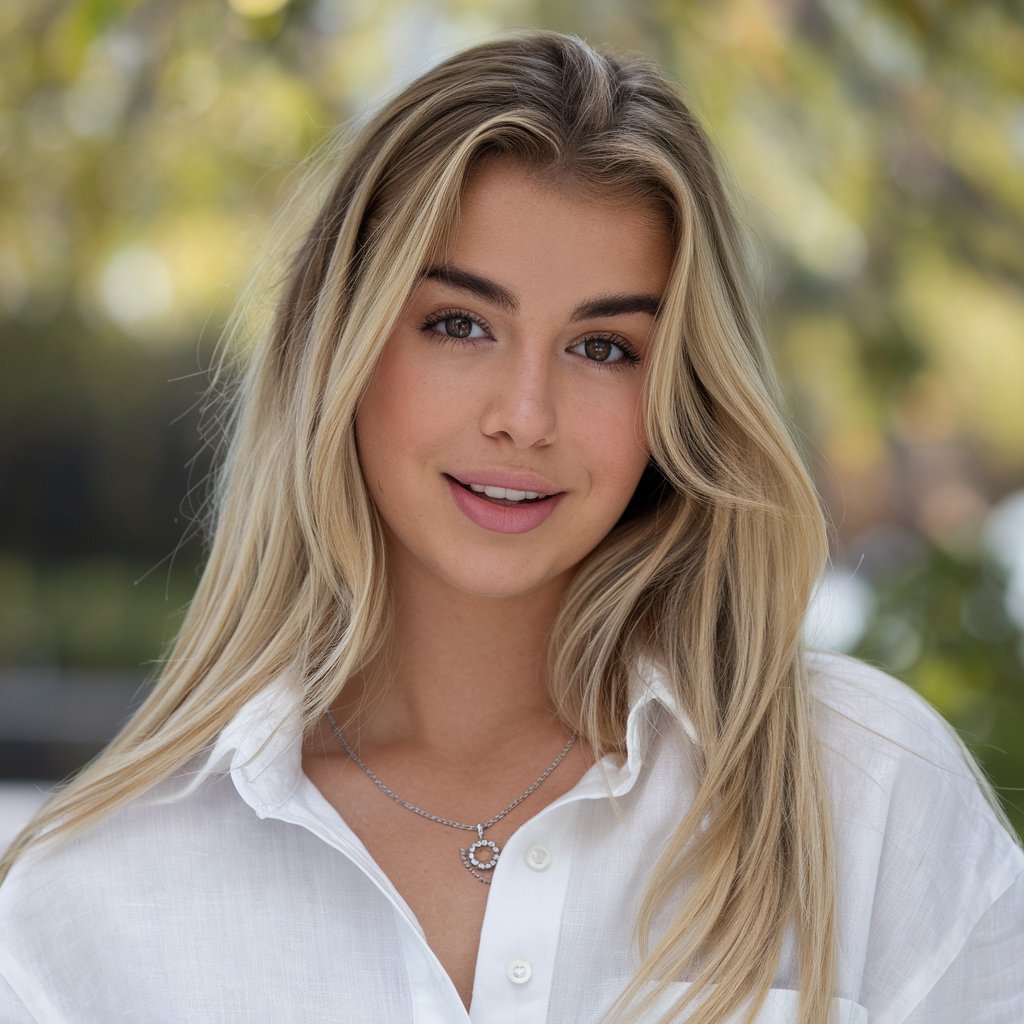
Luna is the passionate founder and author of Birds and You, a website dedicated to sharing her love for birds with fellow enthusiasts. Through her engaging articles and guides, she aims to educate and inspire others to explore the fascinating world of birds. When she’s not writing, you can find Luna observing birds in their natural habitats or sharing beautiful bird photography on Pinterest. Join her on this journey to celebrate and protect our feathered friends!
